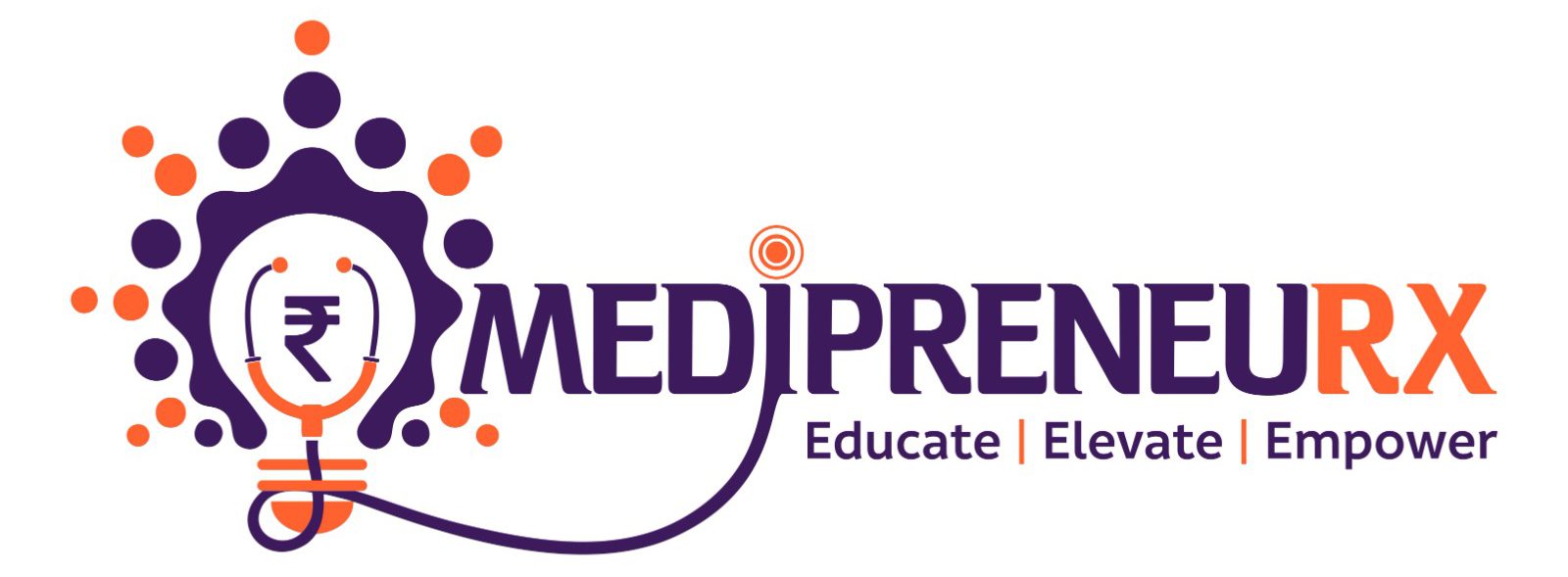Based on new research, artificial intelligence (AI) has shown promise as a diagnosis tool for lung ultrasonography imaging, including COVID-19 and other pulmonary illnesses. AI algorithms are now able to sift through ultrasound images to discover indicators of disease, transforming healthcare diagnostics, in a similar way to how facial recognition software recognizes faces in crowds.
The latest research represents a substantial improvement in AI-driven medical diagnostics and was published in Communications Medicine. In emergency situations, where medical personnel must quickly and accurately diagnose patients because to their heavy caseloads, this finding is highly important, especially in the early phases of the pandemic.
The significance of this automatic detection technique was emphasized by Dr. Muyinatu Bell, the principal author of the paper and John C. Malone Associate Professor of Electrical and Computer Engineering, Biomedical Engineering, and Computer Science at Johns Hopkins University. Its goal is to help emergency room physicians diagnose patients more quickly and accurately, which will ultimately improve patient outcomes and streamline the delivery of healthcare.
B-lines are one of the main characteristics that the AI tool examines in lung ultrasonography pictures. Bright, vertical anomalies such as this suggest inflammation in patients with COVID-19-related pulmonary problems. The AI system can detect these features and assist in diagnosis by fusing real ultrasounds from patients with computer-generated images.
AI has far more uses in healthcare than just COVID-19. The co-author of the study, Dr. Tiffany Fong, an assistant professor of emergency medicine at Johns Hopkins Medicine, highlighted the wider implications for creating wearables that track ailments like congestive heart failure. These wearable ultrasonography patches have the potential to monitor patients’ lung fluid accumulation and provide real-time information for prescription modifications or physician consultations.
A thorough understanding of acoustic wave propagation and ultrasonic physics was necessary for the development of this AI tool. For the purpose of creating realistic simulation images that could effectively train AI models, researchers had to precisely model these events. The procedure comprised a comprehensive examination of data and training to guarantee the AI system’s dependability in analyzing authentic scans from patients experiencing lung issues.
Early in the pandemic, the challenges in using AI for lung ultrasound analysis stemmed from limited patient data and evolving understanding of COVID-19’s effects on the body. However, advancements in AI algorithms and access to more patient data have enabled researchers to overcome these obstacles, leading to breakthroughs in medical imaging and diagnosis.
A paradigm change in medical practice is represented by the incorporation of AI into healthcare. It opens the door to creative solutions that improve patient care and results by providing the possibility of more effective and individualized diagnosis and treatment. AI is expected to revolutionize healthcare as technology develops, bringing in a new era of precision medicine and greater accessibility to healthcare by changing the way diseases are identified, tracked, and treated.








